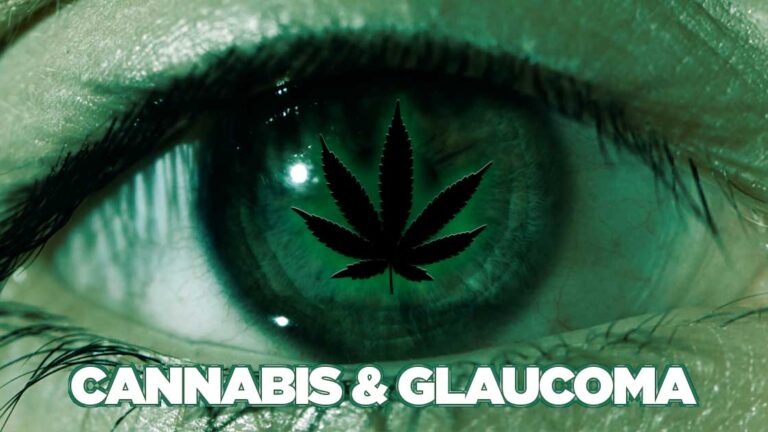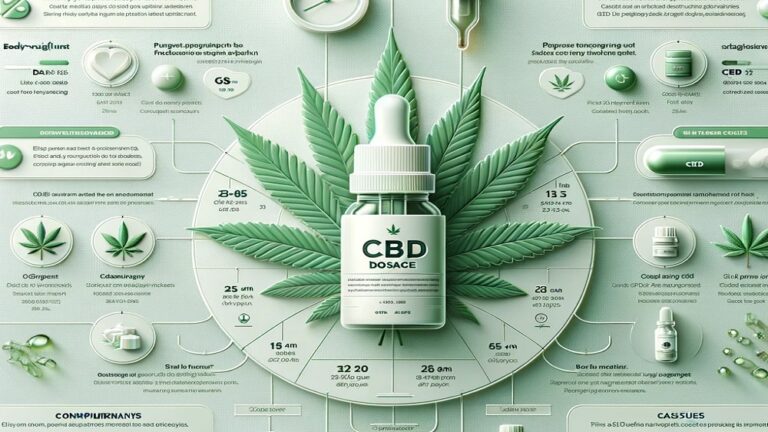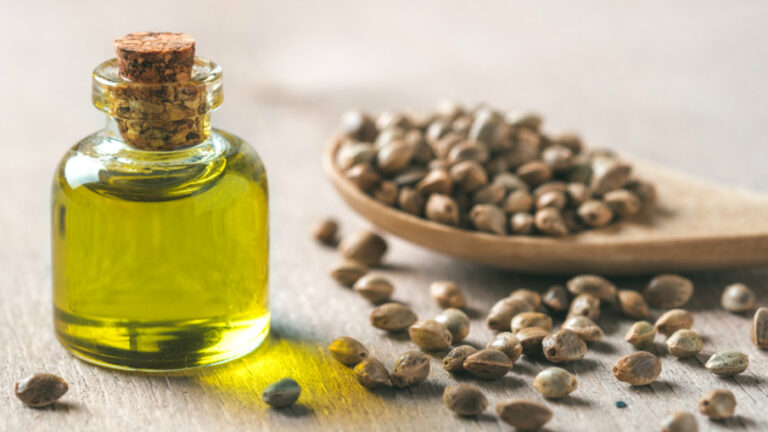
Unlocking the Power of Full Spectrum CBD Oil: Your Ultimate Guide to Buying and Benefits
Introduction to CBD and Full Spectrum CBD Oil
Cannabidiol, commonly known as CBD, is a natural compound found in the cannabis plant. Unlike tetrahydrocannabinol (THC), the psychoactive component of cannabis, CBD does not produce a “high,” making it an appealing option for those seeking potential health benefits without intoxication. Full spectrum CBD oil is a type of CBD product that contains all the naturally occurring compounds in the cannabis plant, including CBD, trace amounts of THC (less than 0.3%), terpenes, flavonoids, and other cannabinoids. This combination is believed to create the “entourage effect,” where these compounds work synergistically to enhance the therapeutic potential of CBD, potentially offering greater benefits than CBD alone.
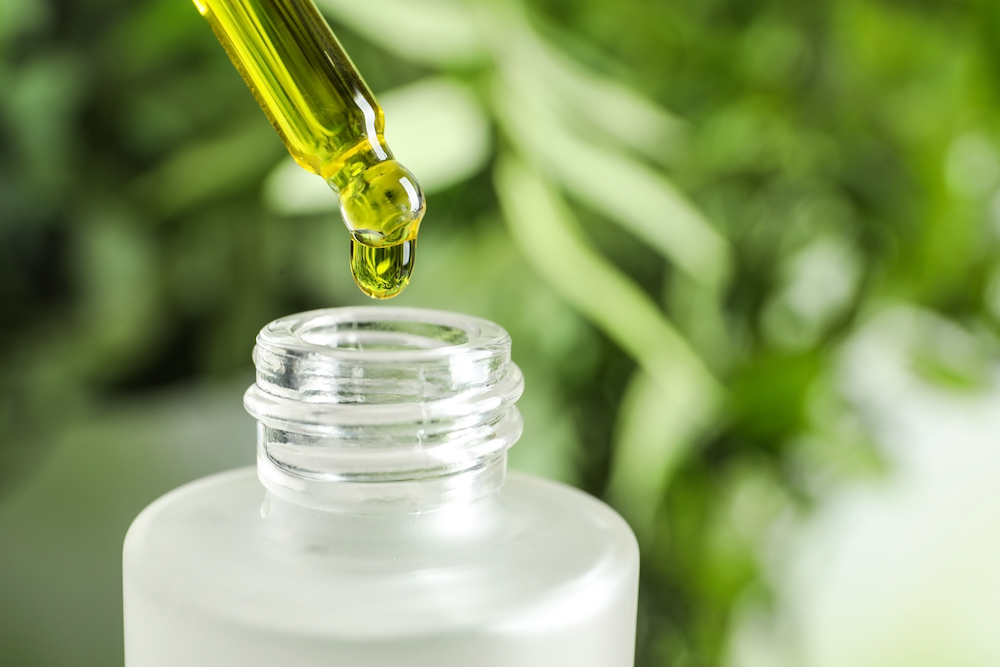
Derived primarily from hemp plants, which contain 0.3% or less THC, full spectrum CBD oil complies with federal regulations in the United States under the 2018 Farm Bill, making it legal in many regions. However, state and local laws may vary, so it’s essential to check regulations in your area. The low THC content ensures that full spectrum CBD oil is non-intoxicating, making it a popular choice for individuals looking to incorporate cannabis-derived products into their wellness routines.
Benefits of Full Spectrum CBD Oil
Full spectrum CBD oil is celebrated for its potential to support various aspects of health and well-being, largely due to the entourage effect. Below are some of the most commonly reported benefits, supported by preliminary research and user experiences:

- Pain Relief: CBD has been studied for its analgesic properties, which may help alleviate chronic pain and inflammation. The presence of THC and other cannabinoids in full spectrum oil may enhance these effects, making it a potential option for conditions like arthritis or muscle soreness.
- Anxiety and Stress Reduction: Many users report that full spectrum CBD oil helps them feel calmer and more relaxed, potentially reducing anxiety and stress. This may be due to CBD’s interaction with the body’s endocannabinoid system, which regulates mood and stress responses.
- Sleep Improvement: By promoting relaxation and reducing anxiety, full spectrum CBD oil may improve sleep quality, helping users fall asleep faster and enjoy more restful sleep.
- Anti-Inflammatory Effects: The combination of cannabinoids, terpenes, and flavonoids in full spectrum CBD oil may provide enhanced anti-inflammatory benefits, which could be useful for managing inflammation-related conditions.
- Neuroprotective Properties: Preliminary studies suggest that CBD may have neuroprotective effects, potentially benefiting conditions like epilepsy, multiple sclerosis, or other neurological disorders. For example, the FDA-approved CBD medication Epidiolex is used to treat certain seizure disorders.
While these benefits are promising, it’s important to acknowledge that CBD research is still evolving, and more robust clinical studies are needed to confirm these effects. Additionally, because full spectrum CBD oil contains trace amounts of THC, it may be detectable on drug tests, even though it’s unlikely to cause intoxication unless consumed in very large quantities. Users subject to drug testing should exercise caution. Potential side effects, though rare, may include tiredness, diarrhea, or changes in appetite, and CBD may interact with certain medications, so consulting a healthcare professional is advised.
How to Choose the Best Full Spectrum CBD Oil
With the growing popularity of CBD, the market is flooded with products, making it crucial to know how to select a high-quality full spectrum CBD oil. Here are key factors to consider:

- Potency: Full spectrum CBD oils are available in various strengths, typically measured in milligrams (mg) of CBD per milliliter (ml) of oil. For beginners, a lower potency (e.g., 300-600 mg per 30 ml bottle) is recommended, while experienced users may opt for higher concentrations (e.g., 1,500-6,000 mg). Always check the label for the exact CBD content per serving to ensure it meets your needs.
- Source and Quality: Choose products made from organically grown, non-GMO hemp to avoid pesticides, heavy metals, and other contaminants. Look for USDA organic certification or similar quality standards. Reputable brands provide detailed information about their hemp sourcing and manufacturing processes.
- Extraction Method: CO2 extraction is the preferred method for producing high-quality CBD oil, as it preserves the full spectrum of cannabinoids and terpenes without introducing harmful solvents. Avoid products that use cheaper extraction methods, which may compromise quality.
- Third-Party Testing: Reputable brands provide a Certificate of Analysis (COA) from an independent third-party lab, verifying the product’s potency, purity, and safety. The COA should confirm the CBD and THC content and ensure the product is free from contaminants like pesticides and heavy metals.
- Flavor and Ingredients: Full spectrum CBD oil can be unflavored or flavored with natural ingredients like mint, citrus, or chocolate. Check the ingredient list to ensure there are no unnecessary additives or allergens. Common carrier oils include MCT oil (derived from coconut) or hemp seed oil, which can affect taste and absorption.
- Price and Value: While price shouldn’t be the only factor, it’s important to find a product that offers good value. Be cautious of products that are significantly cheaper than others, as they may be of lower quality. Conversely, higher prices don’t always guarantee better quality, so always verify the COA and other quality indicators.
| Factor | Considerations | Examples |
|---|---|---|
| Potency | Check mg of CBD per ml; start low for beginners | 300 mg (beginner), 1,500 mg (experienced) |
| Source | Organic, non-GMO hemp; USDA certification | Cornbread Hemp (USDA organic) |
| Extraction | CO2 extraction for purity | NuLeaf Naturals uses CO2 extraction |
| Testing | Third-party COA for potency and safety | Charlotte’s Web provides COAs online |
| Flavor | Unflavored or natural flavors; check allergens | Mint Chocolate, Tropical, Unflavored |
| Price | Balance cost with quality; check COA | $24-$240 depending on brand/potency |
Where to Buy Full Spectrum CBD Oil
Finding a reliable source to buy CBD oil is critical to ensuring you receive a safe and effective product. Here are some trusted options for purchasing full spectrum CBD oil:
- Online Retailers: Many reputable brands sell directly through their websites, offering detailed product information, customer reviews, and third-party lab results. Some well-known brands include:
- Cornbread Hemp: Offers USDA-certified organic full spectrum CBD oil made from hemp flowers, available in potencies like 375 mg, 750 mg, and 1,500 mg.
- NuLeaf Naturals: Known for a wide range of potencies (300 mg to 6,000 mg) and transparency in sourcing and testing (www.nuleafnaturals.com).
- Charlotte’s Web: Provides high-quality full spectrum CBD oils with flavors like Orange Blossom and Mint Chocolate.
- CBDistillery: Offers potent full spectrum oils, such as their 5,000 mg option, with a focus on third-party testing.
- Local Dispensaries: In regions where cannabis is legal, dispensaries often carry a variety of CBD products, including full spectrum oils. Staff can provide guidance on product selection, but always request lab results to verify quality.
- Pharmacies: Some pharmacies, particularly in areas where CBD is legal, stock CBD products. Availability varies, so call ahead to confirm.
When deciding where to buy CBD, prioritize brands that provide third-party lab results and have a strong reputation for quality and transparency. Avoid purchasing from unverified sources, such as gas stations or unknown online marketplaces, as these may sell low-quality or unsafe products.
How to Use Full Spectrum CBD Oil
Full spectrum CBD oil is most commonly taken sublingually (under the tongue) for faster absorption into the bloodstream. Here’s a step-by-step guide to using CBD oil drops:
- Measure Your Dose: Use the dropper provided with the bottle to measure your desired dose. For beginners, start with a low dose, such as 10-20 mg of CBD, to assess your body’s response.
- Place Under Tongue: Drop the oil under your tongue and hold it there for 60-90 seconds before swallowing. This allows the CBD to be absorbed through the mucous membranes for quicker effects.
- Adjust as Needed: If you don’t experience the desired effects after a few days, gradually increase the dose, following the product’s recommended serving size. Consistency is key, so aim to use it daily for best results.
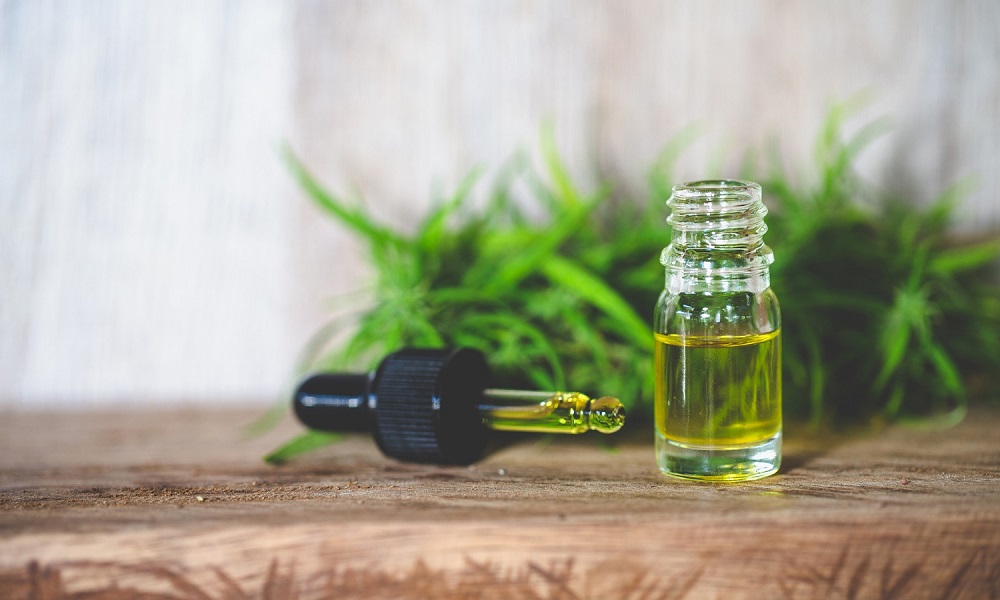
CBD oil can also be added to food or beverages, but sublingual use is generally more effective for faster absorption. Some products, like those from Pure Spectrum, are formulated with MCT oil for improved absorption and a smoother taste.
Important Considerations
- Consult a Healthcare Professional: Before starting CBD, especially if you have underlying health conditions, are pregnant, breastfeeding, or taking medications, consult a doctor. CBD may interact with certain medications, particularly those with grapefruit warnings.
- Legal Status: Hemp-derived CBD with less than 0.3% THC is legal federally in the U.S., but state laws vary. Check local regulations, especially when traveling.
- Side Effects: CBD is generally well-tolerated, but potential side effects include fatigue, diarrhea, or changes in appetite. These are typically mild and temporary.
- Drug Testing: Trace THC in full spectrum CBD oil may be detectable on drug tests, so users subject to testing should consider THC-free alternatives like broad-spectrum CBD.
Conclusion
Full spectrum CBD oil offers a natural and potentially effective way to support health and well-being, with benefits like pain relief, stress reduction, and improved sleep. By choosing a high-quality product from a reputable source, understanding how to use it, and being aware of legal and safety considerations, you can make informed decisions about incorporating CBD into your routine. Always prioritize products with third-party testing, organic sourcing, and transparent labeling, and consult a healthcare professional to ensure it’s right for you.
